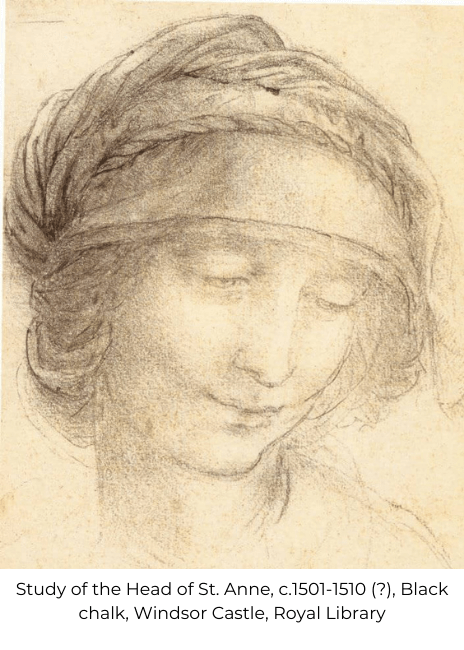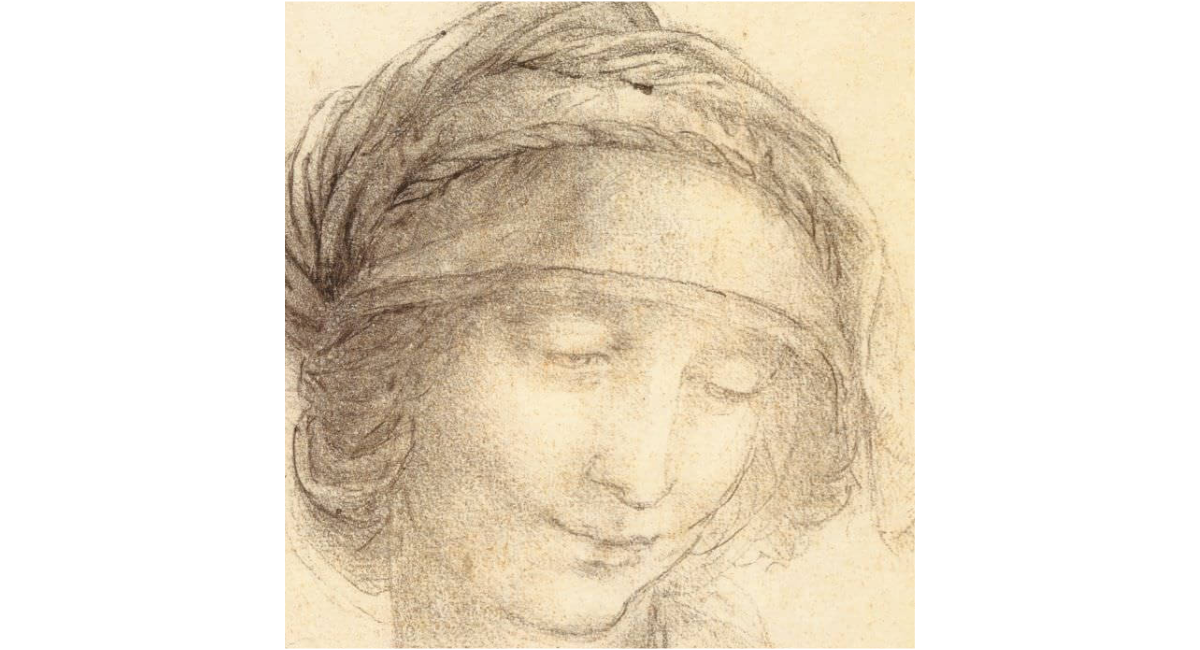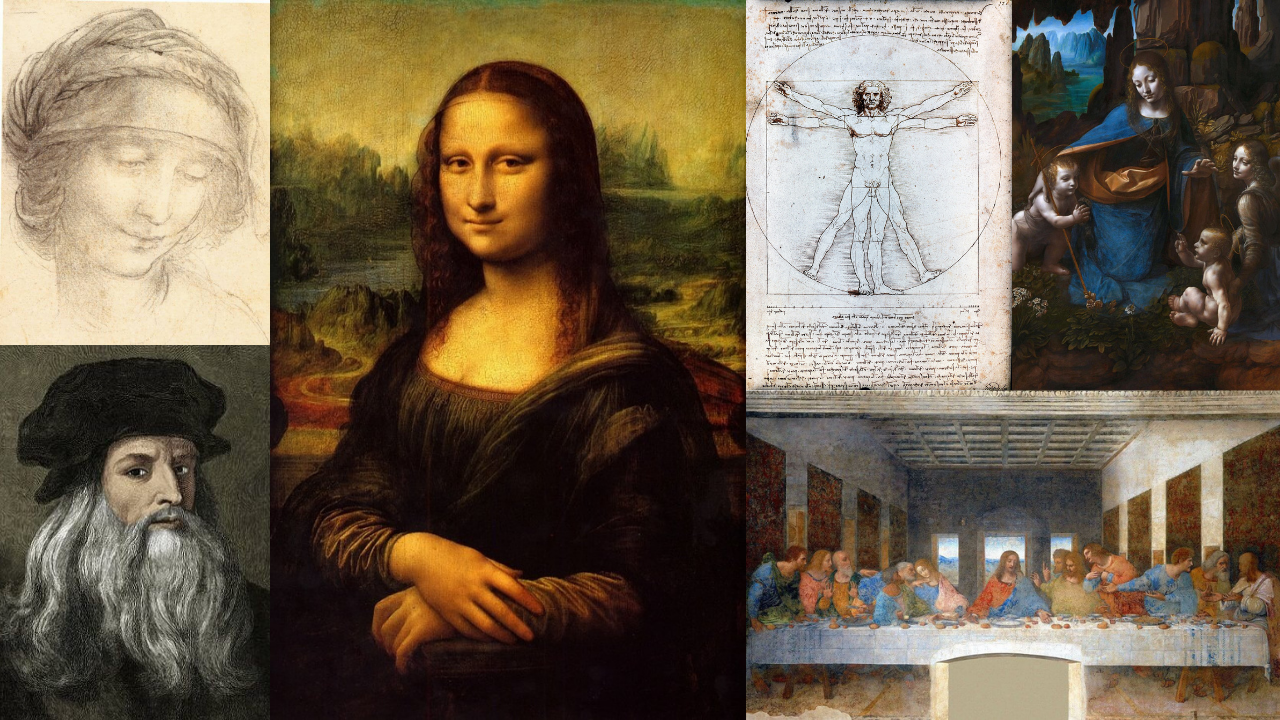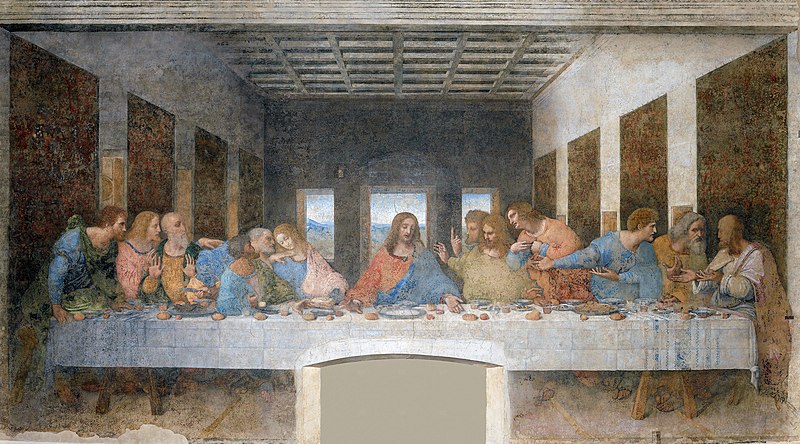In a world of fast-paced change, ever new requirements, and riddled with complex problems, learning has become the most important skill. So then the question is: how can we improve our ability to learn? To do so, it makes sense to look at those people who have mastered their own learning. And who better to begin with than Leonardo da Vinci?
Few human beings cast as long a shadow through history as Leonardo da Vinci (1452-1519). His ravenous curiosity, artistic prowess, and inventive mind combined to produce a personality that is the living embodiment of genius.
Over the course of his life, he made notable discoveries in the fields of fine art, optics, botany, cartography, astronomy, geology, mechanical engineering, zoology, hydrodynamics, and anatomy.
But all of his intellectual breakthroughs and artistic masterpieces were not products of superhuman genetics. They didn’t happen by luck.
Instead, he built his legacy through habits of mind and body that allowed him to encounter the world openly, curiously, deeply.

These habits developed his talents, and when we look at them today, they are still some of the most powerful tools for helping others learn or grow. No matter who you are or what you do, these are keys to success.
He also shows us that learning is much more than consuming information. Learning is the process of acquiring and modifying knowledge, skills, behaviors, habits, or attitudes.
Though he lived more than five centuries ago, this Italian polymath still has so much to teach us. He lived with such passion, driven by clear-minded goals and earnestness, that he stands as an example of how to make the most out of our lives.
As we look over his auspicious works and lifestyle (meticulously recorded in notebooks spanning more than 7,000 pages), we can draw out lessons that resonate with those of us alive today looking to make an impact and experience the richness of life, all while contributing as much as we can to our fellow human beings.
”The noblest pleasure is the joy of understanding.”
— Leonardo da Vinci
Whether you are looking to develop yourself professionally, personally, spiritually, intellectually, artistically, or in many ways at once — these lessons from Leonardo are empowering tools to rebuild your own life with.
In this three-part series, we will explore the lessons Leonardo has to teach us about learning — lessons that are as relevant in the 21st century as they were in the 15th.
1. Feed Your Mind a Varied Diet
Keeping interests in a variety of subjects creates creative connections and promotes new ways of thinking.
The essence of the Renaissance Man — which finds its apogee in Leonardo — is the cultivation of a diverse set of interests. But Leonardo sets a counter-example. At the time he was living, the separation of art and science was not so clear-cut. There was no cultural dichotomy between “right brain” and “left brain” personalities. And so, Leonardo felt free to pursue anything that caught his curiosity.
For instance, he sought a scientific understanding of human anatomy, driven by questions he had while drafting images of the body. And in his notebooks, we find that he made meaningful scientific breakthroughs in this regard — even ones he never took the time to share with the world at large.
When you feed your mind a varied diet and follow your curiosity wherever it takes you, you end up not only having a wider understanding of the world. You also have a better understanding of whatever you specialize in.
With a broad range of knowledge, you can make cross-specialty intuitive leaps and lateral connections that are the generators of discoveries and revelations.

Importantly, Leonardo did not chase his curiosity because he desired fame or glory. It was for the pure pleasure of satisfying his inquisitive mind. When you take this approach, it allows you to naturally have undirected curiosity — a state where anything that interests you is game for learning.
Leonardo constantly chased down new interests, which were all over the board. For instance, one day in his notebook, he jotted down “Describe the tongue of the woodpecker.” This led him down a rabbit hole that might not have been directly related to completing the Mona Lisa, but nevertheless kept his mind stimulated. (And the woodpecker’s tongue turns out to be very mentally stimulating, indeed.)
2. Keep a Notebook
One of the most powerful ways to continuously find new threads of inquiry, to solidify new ideas, and to follow through on inspiration is the use of notebooks – and a pen.
Leonardo, famously, loved the notebook. He filled over ten thousand pages with notes in his lifetime. And it is not by coincidence that he was also an epoch-defining genius, too.
The notebook allows you to capture fleeting whimsies as they come. Writing things down helps you remember them for later, and you never know where an idle thought can lead. Our daydreaming mind can come up with plenty of new ideas, but easy come, easy go. A notebook preserves these for future inquiry.
”It is useful to constantly observe, note, and consider.”
— Leonardo da Vinci
One last thing to consider — try out a physical paper notebook. While phones have made it very easy to always be able to save ideas for later, the paper notebook has the distinct advantage of never bombarding you with notifications, and it grants no access to the internet. This means that you can write for a moment in peace, finish your thought, and then continue with your day.
A notes app works in a pinch, but a paper notebook is a good companion worth investing in. There is some compelling evidence that it might help you understand the things you write down better than typing it out and science consistently shows that handwritten notes improve memory retention, creativity, and clarity of thought.
(If you are looking for an added challenge, try Leonardo’s famous “mirror writing” style.)
3. Keep To-Do Lists
Now that you have a notebook, you can take up one of Leonardo’s most powerful habits: keeping to-do lists.
The to-do list is one of the most fabled self-help and career development tools of our time. But just because something is popular (and over hyped) does not mean it is completely useless.
”Being willing is not enough; we must do.”
– Leonardo da Vinci
In Leonardo’s notebooks, to-do lists make up a fascinating literary genre all their own. The items are famously vaulting in their ambition, including items like:
- Get the master of arithmetic to show you how to square a triangle
- Draw Milan
- Find a master of hydraulics and get him to tell you how to repair a lock, canal, and mill in the Lombard manner
These few examples show just how diverse and in-depth Leonardo’s various studies and interests were, but they also show how to-do lists can go far beyond the typical elements of daily routine.
Armed with these, we are able to spin many plates at once without losing track of anything. It reinforces other items on our list (like cultivated widespread interests and pursuing self-education), and it offloads these tasks from our memory — giving us more mental energy for other concerns.
4. Sketch
To-do lists aren’t the only thing that Leonardo used his notebook for. They also gave him the opportunity to sketch, and this he did frequently.
Leonardo’s notebooks are filled with unbelievable amounts of sketches. He seemed to always be drawingsomething. They often accompany his notes on topics he was learning about — like he was digesting material he knew intellectually into the visual realm, strengthening his understanding while developing himself as an artist at the same time.

If you have an artistic practice already, this is probably something you are already doing (or already telling yourself you should be doing). If you don’t see yourself as an artist, this might seem far out in left field. But as we saw in Lesson 1 above, that’s part of the brilliance of it.
Sketching is an amazing habit to get into, for multiple reasons. This one ritual gives you:
- Decompression time: These sketches won’t be seen by anybody else, which means there’s no pressure. It is an act that is completely contained in itself. This gives you the ability to relax and sink into the experience, setting aside concerns about work and home life for a moment.
- Longer attention span: By disengaging from screens, sketching allows your brain time to cool off and focus on a single thing. This puts us in a flow state, which is a pleasure all its own, but it also improves our attention.
- Build a skill: If you sketch daily, even if it’s just five minutes, you’ll get better. As you improve, you’ll be able to sketch more complex things, and your work will look like something on the page. What a thrill! Even if you aren’t interested in becoming a working artist, building a skill — any skill — improves your confidence and brings its own joy.
Now, you might be wondering what on earth you’ll draw, what tools you’ll need, and how you can get started. The rules here are simple. You can draw anything for as long as you want, as long as it is something in front of you (your car keys, your sandwich, your own hand). All you need is your notebook and your pen. And you just need a few minutes of free time to get started.
If you still feel hesitant, make a solemn oath that you’ll rip out and throw away any sketch that you don’t like. The point, after all, isn’t for people to see it. It’s for you to do it.
That can be a hard state to enter for some of us. Our culture is so obsessed with productivity for its own sake that we forget life isn’t about becoming a factory that turns out as many widgets an hour as possible. These are just for you. Remember, Leonardo’s sketches weren’t part of the art he showed the public (though the public would later be eager to get their hands on them). They were for his eyes only, and your sketches can be, too.

The more you commit to this habit, the more you’ll learn about yourself and the world. You’ll find things you love to draw. Maybe you fall in love with drawing the trees in the park where you take lunch. Then, you’ll start noticing features of different trees, and out of curiosity, you’ll learn the names of each species. Pretty soon you can identify all the trees where you live. And then one day, you notice a pretty songbird in one of those trees and draw it — and soon you become an amateur ornithologist, too.
Sketching brings you closer to the world around you. It makes you ask questions about what you see. And it reminds you how many beautiful things are around you all the time that you never paid attention to before.
(If you still think you can’t draw – try this.)
Learning as a Lifestyle
When we look at the lifestyle habits of a master like Leonardo, we find a map to our own route to mastery.
”True learning never exhausts the mind.”
– Leonardo da Vinci
In this first collection of lessons about learning from Leonardo, we already see the power of a few good habits. Each one builds on the others, unlocking your potential to learn and achieve like you never thought possible.



